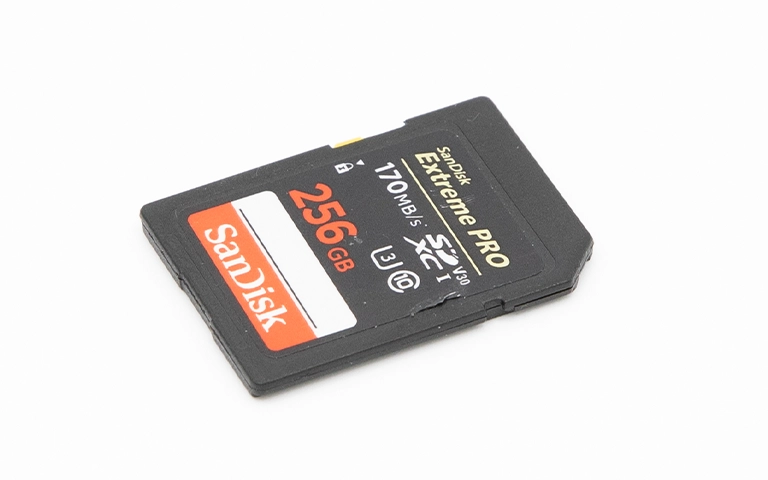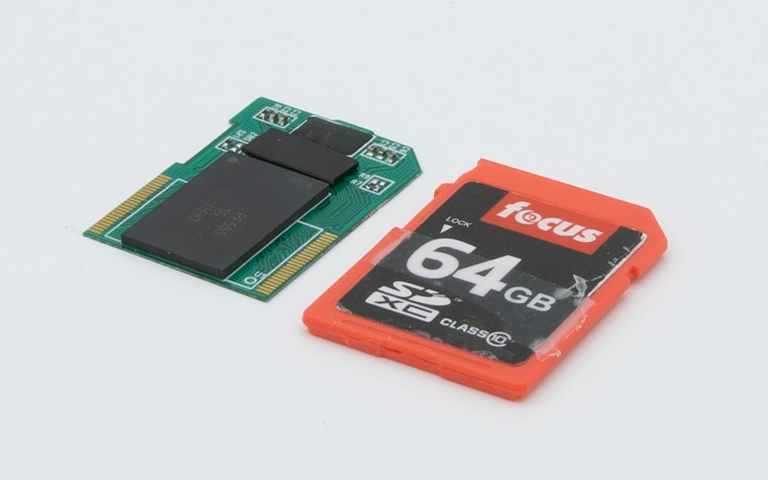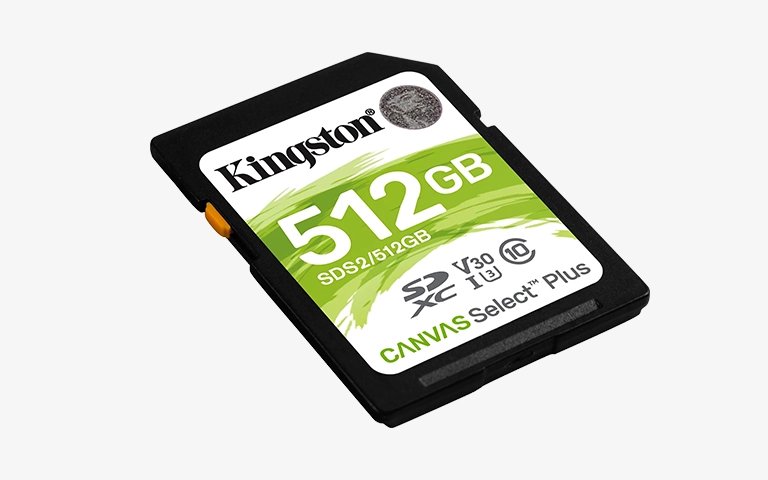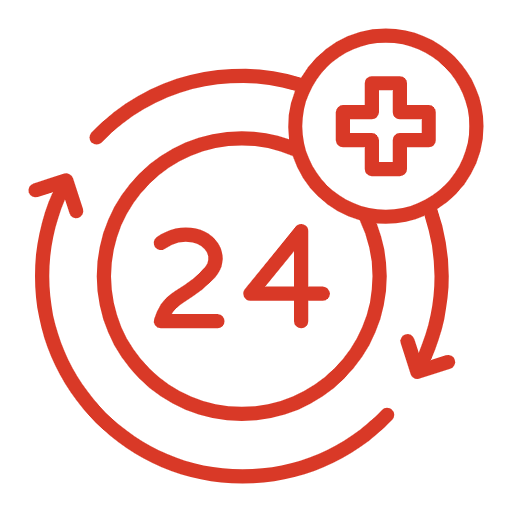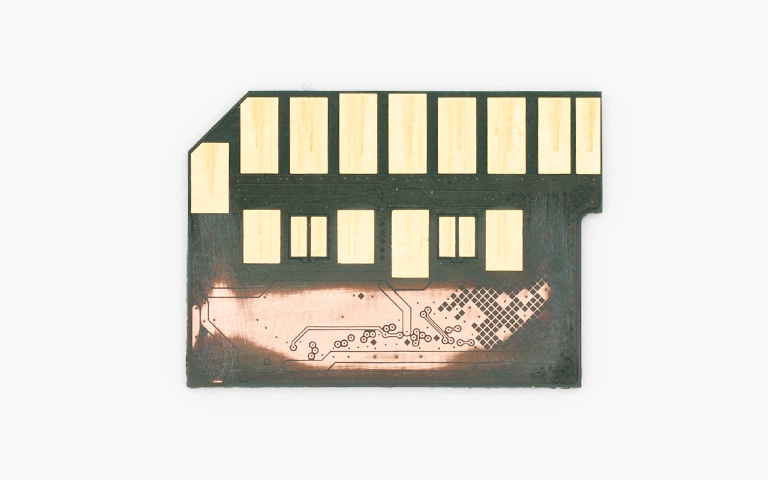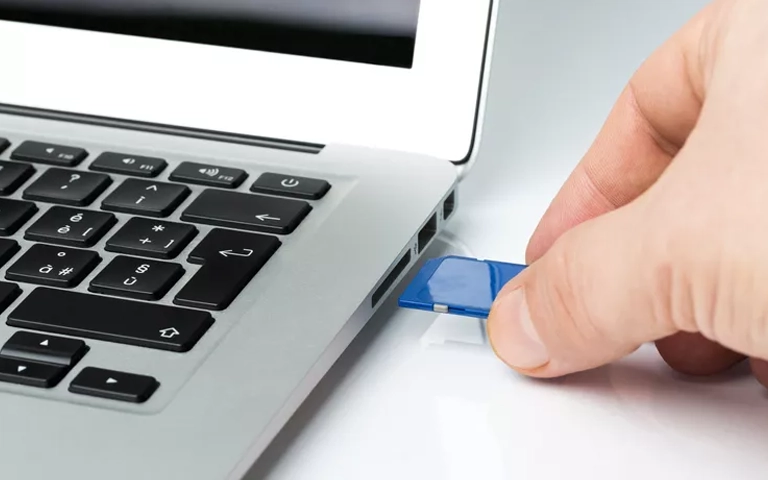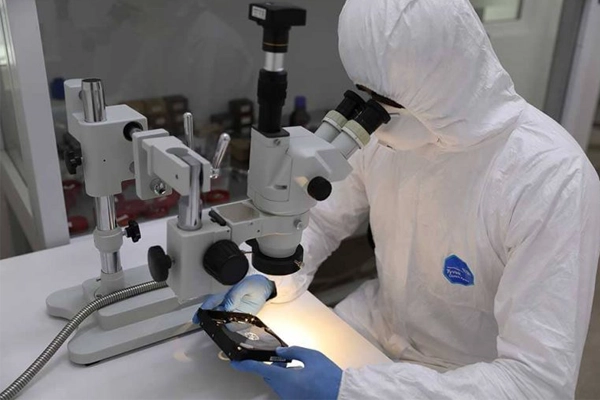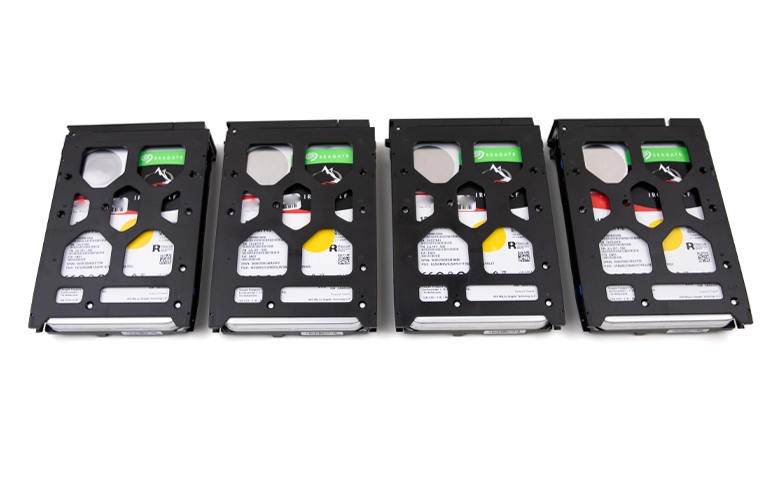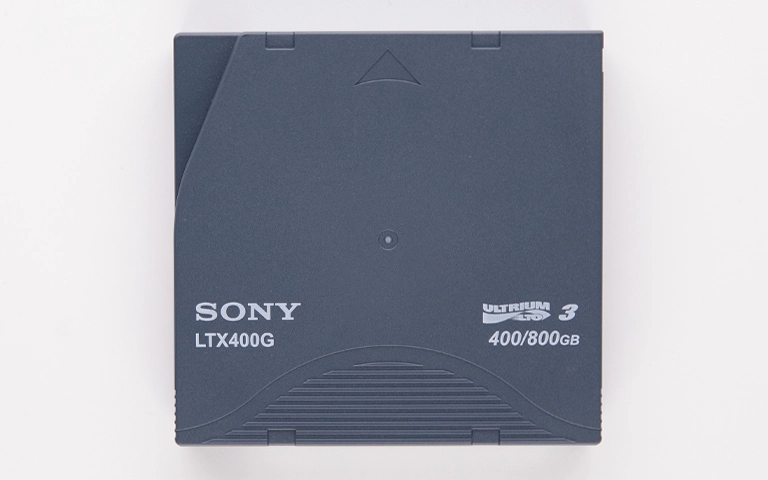Discovering important files missing from your SD or MicroSD card, whether photos, videos, or documents, can be concerning. If deleted unintentionally, the immediate goal is retrieving those files.
Fortunately, recovering deleted files from SD card media is often achievable. Success, however, heavily depends on actions taken immediately after deletion. This guide details the most important first step, explains file deletion on SD cards, outlines recovery attempt risks, and clarifies why professional help is frequently safest for valuable data.
The Single Most Important First Step: STOP USING THE CARD!
If there is only one piece of advice you take away from this article, let it be this: Immediately stop using the SD card from which you deleted the files.
Why Stopping Use is Absolutely Critical
When files are “deleted” (via standard OS commands on SD cards formatted with FAT32, exFAT, etc.), data isn’t typically wiped instantly. The file system marks the space occupied by those files as “available.” Original data often remains on the card’s NAND memory, invisible to the OS but potentially recoverable.
The critical danger is overwriting. Any new data written (taking pictures, recording video, copying files) can use that “available” space, permanently replacing old data. Once overwritten, original deleted files are generally gone forever, even for professionals.
Therefore:
- Remove the SD card from your camera, phone, computer, or other device immediately.
- Do not take any more photos or videos with that card.
- Do not save or copy any new files onto the card.
- Store the card safely until you decide on a recovery approach.
Understanding File Deletion on SD Cards
Marked for Overwriting, Not Instantly Erased
Think of SD card storage like book pages with a table of contents. Deleting a file is like erasing its entry from the table. The chapter (data) remains on the pages, but the book can’t easily find it. Space is now “empty” for new chapters. Recovery tools try to find chapters directly on pages.
Can Deleted Files Be Recovered from an SD Card?
Yes, frequently. But success depends on several factors:
- Time Since Deletion & Continued Use: The less the card has been used since deletion, the higher the chance of recovery. Immediate action is best.
- Amount of Free Space: If the card was nearly full when deletion occurred, the chances of overwriting are higher if any new data was saved.
- Type of Files: Simple, small files are often easier to recover than large or fragmented files (like many video files).
- Card’s Health: Recovery attempts (especially DIY software) can stress the card. If the card was already failing, recovery might be more complex or risky. The general possibility of recovery is discussed further in our post: Can SD Card Data Be Recovered?.
The DIY Software Approach: Potential and Pitfalls
Many users first consider using widely available SD card data recovery software. While sometimes helpful for simple cases, it comes with significant risks.
Potential Benefits (Limited)
- Accessibility: Software is readily available online.
- Simple Cases: Might recover recently deleted, non-overwritten files from a healthy card.
Significant Risks and Limitations of DIY Software
Attempting software recovery can be perilous:
Risk of Overwriting (Critical): Installing software onto the target SD card or saving recovered files to the same card will almost certainly overwrite deleted data. Always install software on the computer; save recovered files to a SEPARATE drive.
Incomplete Recovery (Fragmentation): Consumer software often struggles with fragmented files (videos, RAW photos), resulting in corrupted/unplayable media.
Stressing Failing Card: Intensive scans stress SD cards. If the card has weak NAND or a failing controller, the scan could cause complete failure.
False Positives: Software might list files as recoverable that are irreparably corrupted.
Doesn’t Address Card Failures: If the card is not detected, software is useless.
DIY Recovery
Risks permanent data loss
Let the Specialists Handle It
DIY attempts often result in permanent data loss. Our certified recovery specialists use advanced tools in controlled environments for the highest success rate.
Why Choose Professional SD Card Data Recovery?
For critical or irreplaceable deleted data, professional services offer distinct advantages:
Safer Data Handling
Professionals typically create a byte-by-byte image (a clone) of your SD card first using specialized hardware imagers. All recovery attempts are performed on this image, minimizing stress on the original failing or fragile card and preventing accidental overwriting during the recovery process.
Advanced Tools & Techniques
We utilize sophisticated software and hardware tools that perform deeper scans than consumer software. These tools are better at identifying file types based on their signatures (“file carving”) and reconstructing fragmented files, especially complex photo and video formats.
Expertise with File Types & Fragmentation
Experienced technicians understand how cameras and devices store data and how fragmentation occurs. This knowledge is crucial for successfully recovering usable photos and videos, not just file fragments.
Ability to Handle Underlying Card Issues
If the deletion occurred on a card that was also starting to fail (e.g., developing bad sectors, controller issues), professionals can often address these underlying problems concurrently with the recovery, something DIY software cannot do. Our standard data recovery process includes a thorough evaluation.
Get a Free Consultation.
Our recovery experts are ready to assess your device and guide you through the safest path to recovery. Fill out the form to get started.
"*" indicates required fields
Recommended Steps After Deleting Files from an SD Card
For the best chance to recover deleted data from SD card:
-
STOP USING THE CARD: Remove safely/immediately. Prevent new writes.
-
Assess Data Value: Importance of deleted files? Backed up?
-
Evaluate DIY Risks: For crucial data, weigh the risks of incomplete/failed DIY software against professional reliability.
-
Seek Professional Evaluation: Contact PITS Data Recovery. Explain files were deleted. We provide safe assessment and recovery options.
Conclusion
Accidentally deleting files from an SD card demands immediate and correct action. The most important step is to stop using the card right away to avoid overwriting recoverable data.
While DIY recovery software may seem like a quick solution, it poses serious risks—often leading to incomplete recovery or permanent data loss. Professional recovery offers a safer, more effective approach through specialized tools and deep expertise in flash media technology.
If you need to recover critical deleted files from your SD card, PITS Data Recovery is ready to help.
Explore: SD Card Data Recovery Services.
Frequently Asked Questions
How long do deleted files stay on an SD card?
They stay until they are overwritten by new data. There’s no set time limit – it depends entirely on whether new data is saved to the sectors where the deleted files reside.
Can I recover files deleted from an SD card used in my phone/camera?
Yes, the principles are the same. The key is to stop using the card in that device immediately after deletion. Recovery is then typically performed by connecting the card to a computer via a reader.
Will taking more pictures overwrite my deleted photos?
Yes, almost certainly. Saving any new data to the card significantly risks overwriting the space occupied by previously deleted files.

